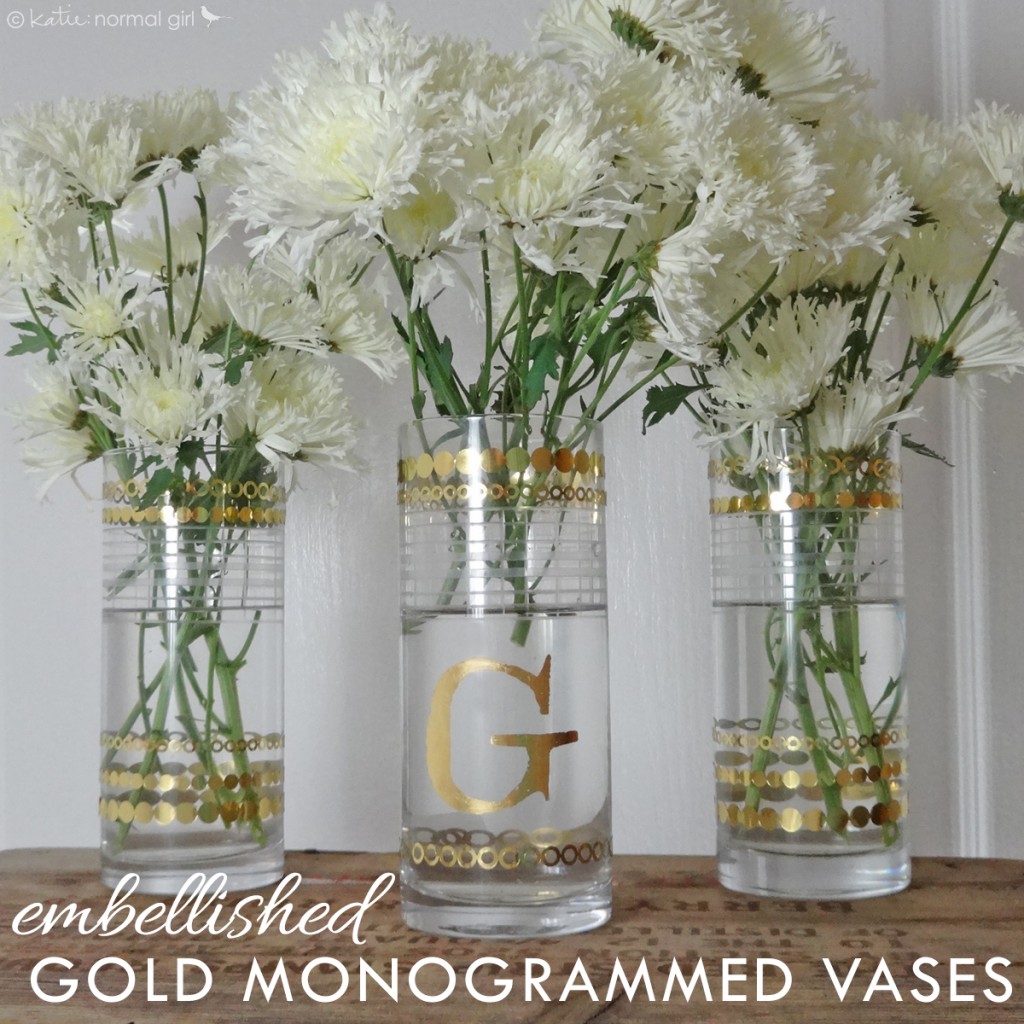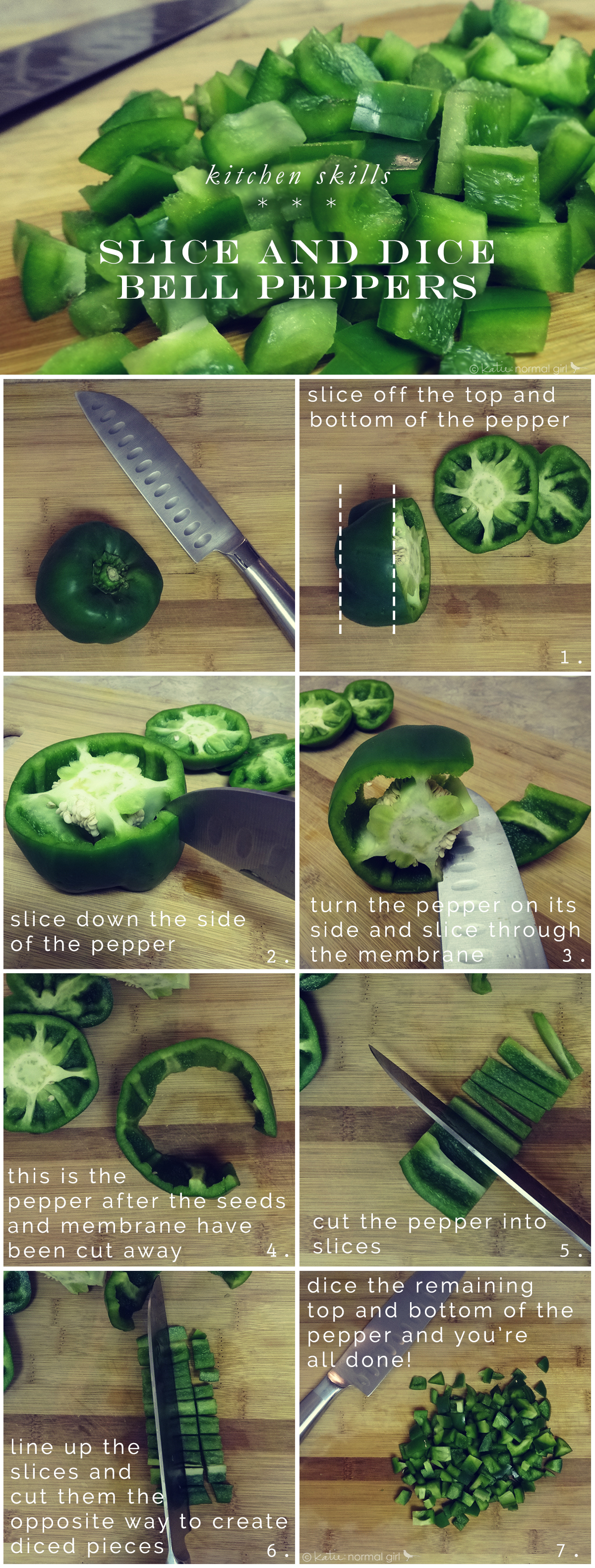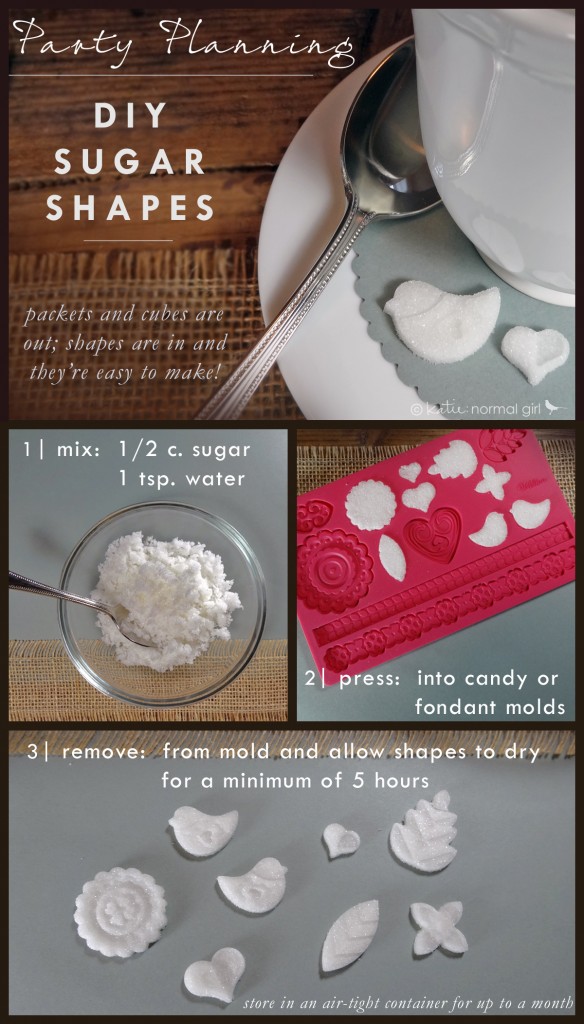Summer is a great time to start volunteering – the weather is great, the days are longer and organizations always have summer projects!

I’ve been volunteering regularly for several years and I’ve learned a lot along the way. Most volunteering experiences are great and lots of fun but sometimes they’re not what you were expecting and it can be a bit of a downer. Don’t give up though. These are my quick tips to ensure that you have a great volunteering experience that will make you want to do it again and again!
1. Choose a focus/organization. Don’t feel pressure to volunteer for an organization that you’re not interested in. You’re allowed to choose, in fact, it’s better if you choose your focus before you start looking for volunteer opportunities. Think about what you want to support: animals, children, learning, disease research, fitness, reducing hunger, social awareness, there’s so many choices! If you’re not sure what you want to do, explore a bit then only do what you enjoy – you’ll be more likely to stick with it.
2. Use your education/skills. Many organizations need help with graphic design, their website, administrative tasks, grant writing, woodworking, handyman related chores and a host of other skilled jobs. Why not volunteer your specialized skills?
3. Donating time vs. money. From time to time you may be asked for a monetary donation while volunteering at an event. The reasons range from offsetting event costs to general donations. It’s up to you if you want to give money in addition to your time and you are allowed to politely decline.
4. Sometimes there’s mice. If you’re volunteering somewhere and the experience has gone horribly awry (say…mice slowly dying nearby…yeah, that happened) try to keep a positive attitude until your shift is over. Then go out for lunch with your volunteer buddy, appreciate the crazy story that you’ve just earned and vow to volunteer somewhere else next time.
5. Find a friend. New (and crazy) experiences are always easier with a friend. The two of you can work together to find fun projects to participate in and you can make a pact to volunteer someplace on a regular basis (once a month works for my friend and I) and help each other to stick with it.
Bonus Resources!
Ready to start volunteering? Awesome! I’ve had good luck finding volunteering opportunities through both of these sites:
Can’t find an event that fits your schedule or interests? You can host an event of your own and invite your neighborhood and friends to help. (You can also post it on one of the sites above to find fellow helpers.) Fun events include:
- Food drive – collect canned goods and drop them off with a local food bank
- Supply drive – collect blankets, sheets, clothing, towels and other items for donation to local pet or homeless shelters
- Clean up – get a group of people together and pick up trash around a local lake or park
If you’re thinking about hosting your own event, be sure to contact the organization that you want to drop items off at. This will ensure that you’re collecting items that they need.
Do you have volunteering tips of your own? Share in the comments!




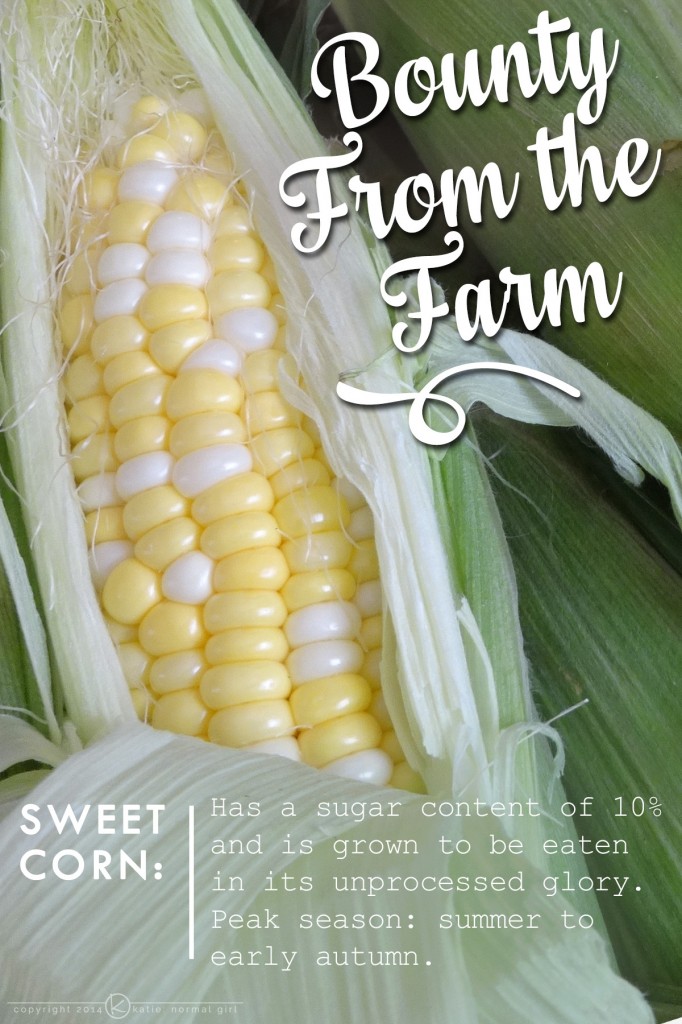

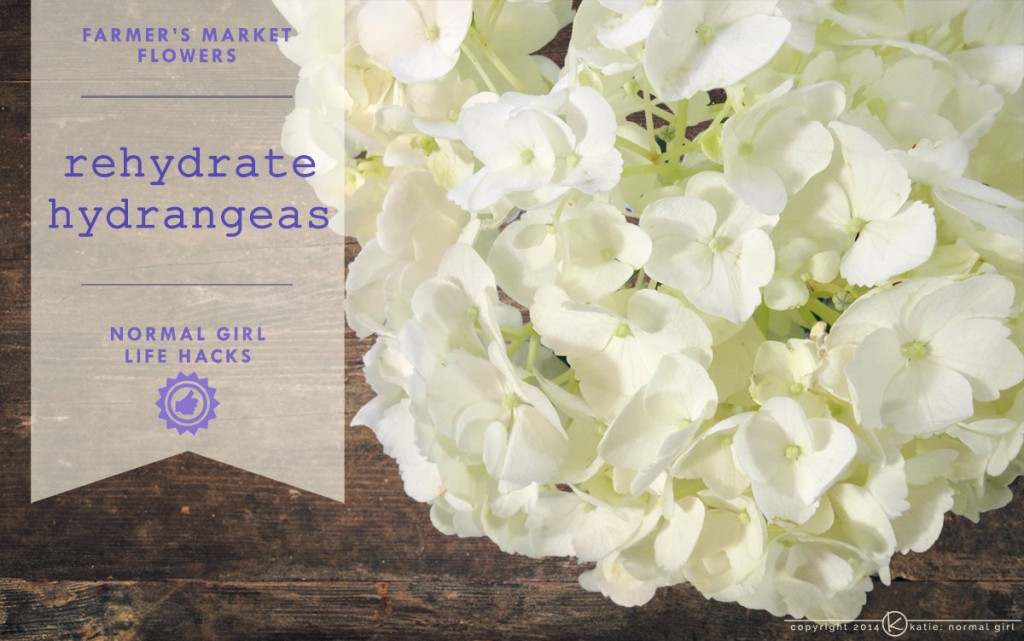
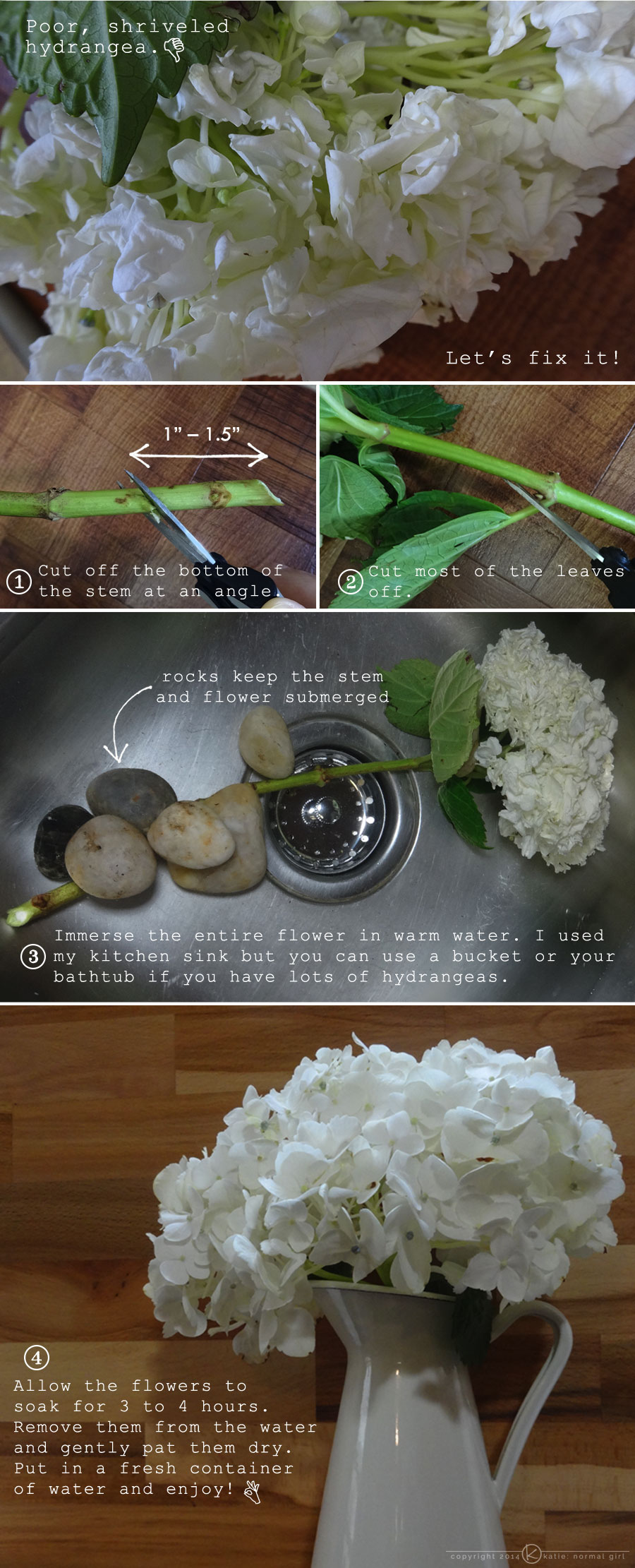
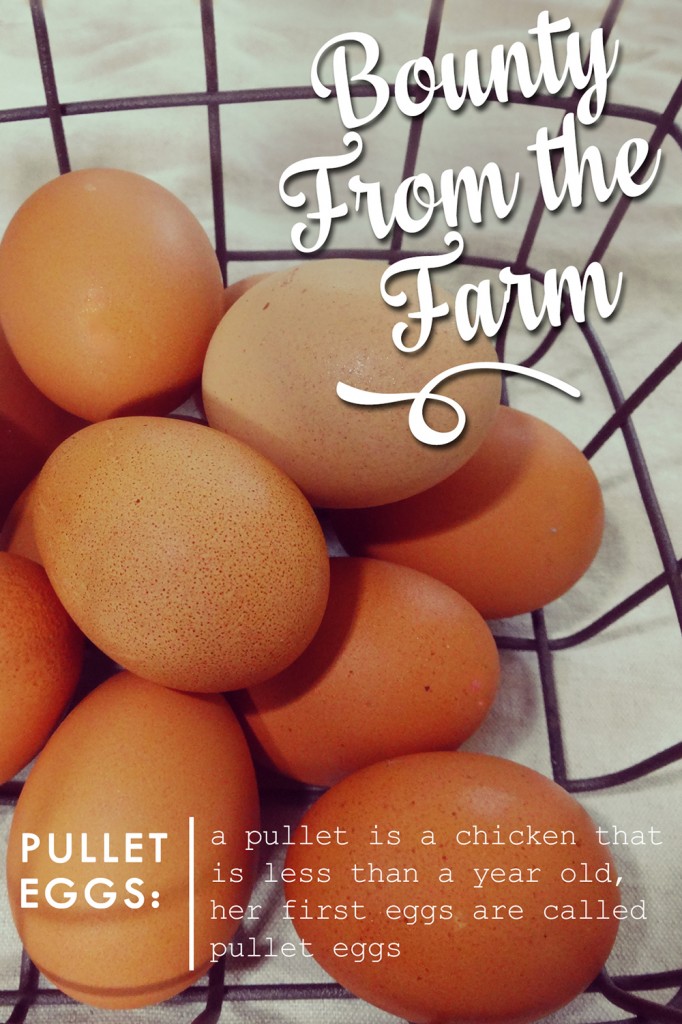
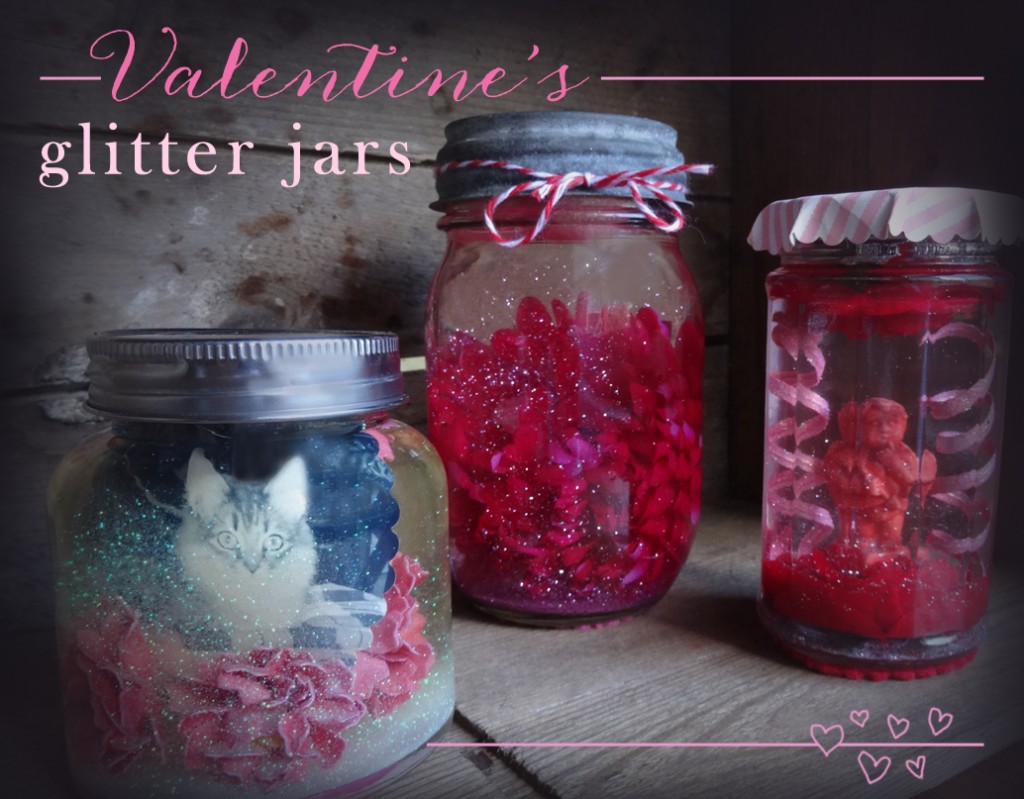
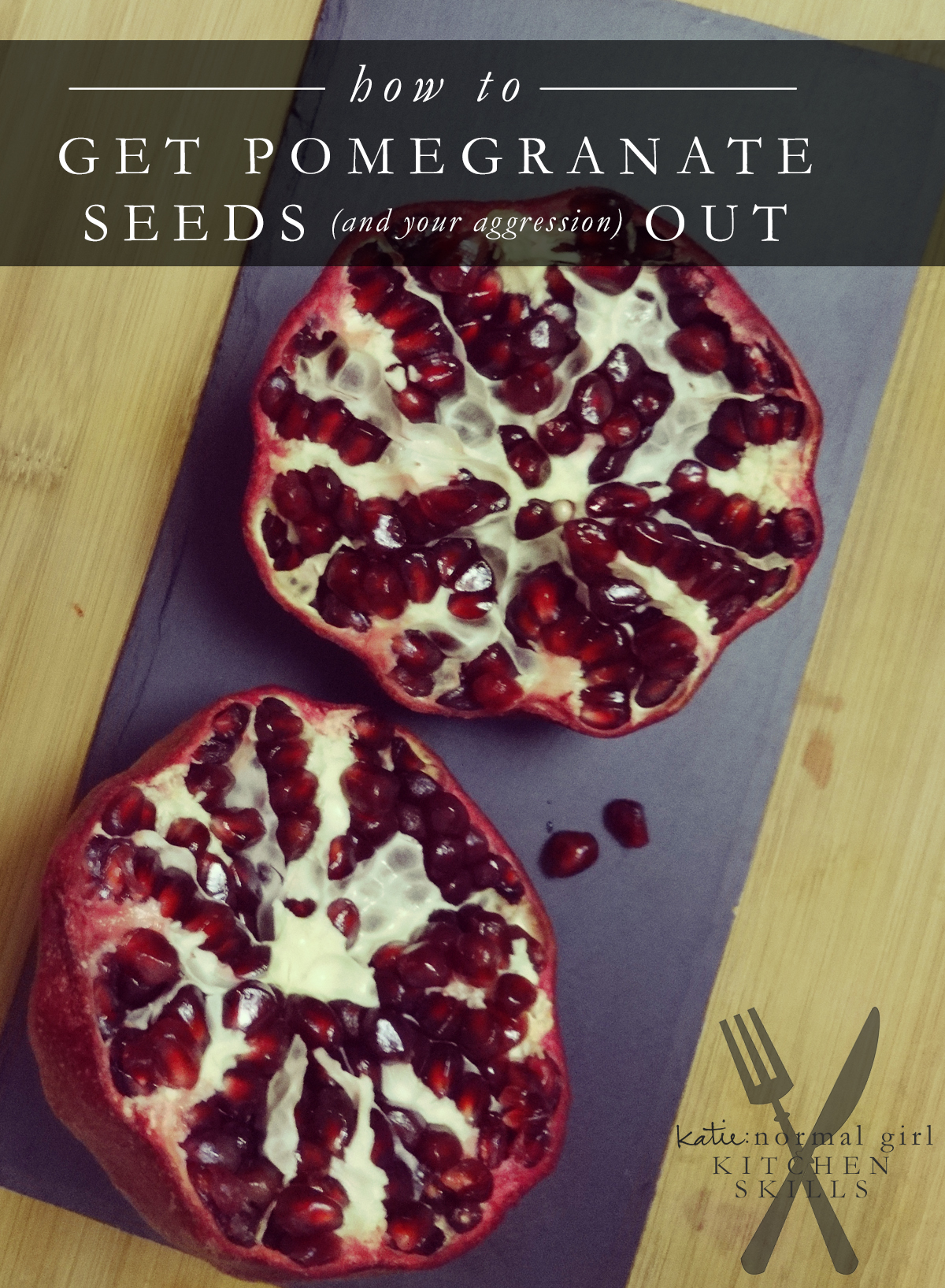
 referred to arils, which is actually the red portion that covers the seed) that are found inside, in a white membrane. The seeds have a tart, slightly sour taste that gets sweeter the longer it remains in the fruit. Getting the seeds out of the membrane can be tricky and there are two common methods, the water bowl method and the “beating it with a spoon” method. I prefer the later method. Despite the violent sounding nature of it, using the spoon method will get you a bowl full of seeds that are fully intact and unharmed.
referred to arils, which is actually the red portion that covers the seed) that are found inside, in a white membrane. The seeds have a tart, slightly sour taste that gets sweeter the longer it remains in the fruit. Getting the seeds out of the membrane can be tricky and there are two common methods, the water bowl method and the “beating it with a spoon” method. I prefer the later method. Despite the violent sounding nature of it, using the spoon method will get you a bowl full of seeds that are fully intact and unharmed.

